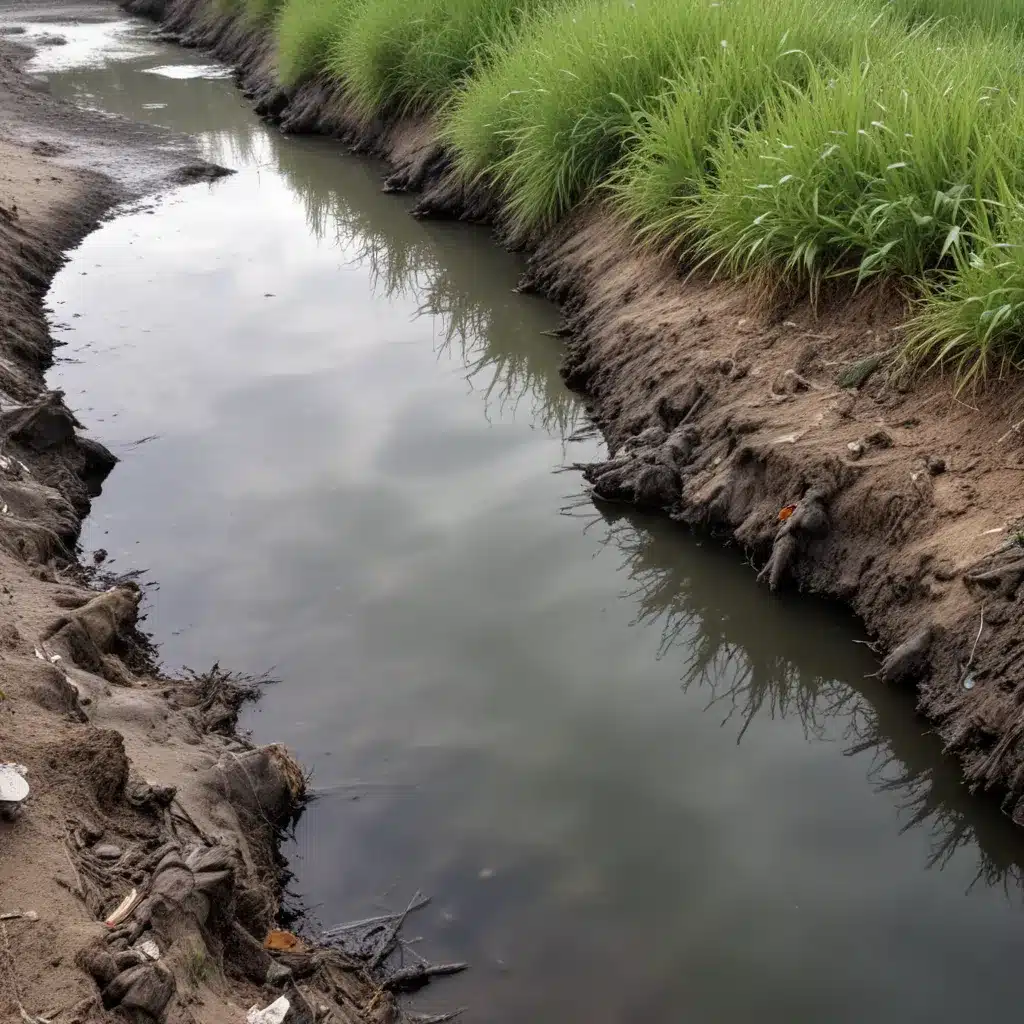
The Growing Threat of Water Pollution
Water pollution is a pressing global issue that poses a significant threat to the health of our planet and its inhabitants. As our world becomes increasingly industrialized and urbanized, the sources and impacts of water pollution have become more complex and far-reaching. From agricultural runoff and industrial waste to microplastics and emerging contaminants, the challenges we face in maintaining clean and safe water resources are vast and multifaceted.
In this comprehensive article, we will delve into the various causes of water pollution, explore the far-reaching impacts on human health, ecosystems, and the environment, and examine the latest research trends and innovative solutions aimed at addressing this growing crisis.
Causes of Water Pollution
Agricultural Runoff
One of the primary drivers of water pollution is the runoff from agricultural activities. The widespread use of fertilizers, pesticides, and other chemicals in modern farming practices can lead to the contamination of nearby water bodies. These substances can seep into groundwater, accumulate in surface waters, and disrupt the delicate balance of aquatic ecosystems.
According to the European Parliament, the textile sector was the third largest source of water degradation and land use in 2020, taking on average nine cubic metres of water, 400 square metres of land, and 391 kilograms of raw materials to provide clothes and shoes for each EU citizen.
Industrial Waste Discharge
The discharge of untreated or inadequately treated industrial waste is another major contributor to water pollution. Manufacturing processes, mining operations, and various industrial activities can release a cocktail of toxic chemicals, heavy metals, and other hazardous substances into nearby water sources. These pollutants can have devastating effects on aquatic life and pose significant risks to human health.
Microplastics and Microfibers
The rise of fast fashion and the increasing use of synthetic materials have led to a growing problem of microplastics and microfibers in our waterways. A single laundry load of polyester clothes can discharge up to 700,000 microplastic fibers that can end up in the food chain. These tiny particles, often invisible to the naked eye, can accumulate in the environment, be ingested by marine life, and potentially make their way up the food chain, with unknown long-term consequences for human health.
Sewage and Wastewater Discharge
Untreated or inadequately treated sewage and wastewater can also contribute to water pollution. Domestic and municipal wastewater can contain a variety of contaminants, including pathogens, nutrients, and chemical compounds, which can degrade water quality and pose risks to public health.
Oil Spills and Leaks
Accidental oil spills and the deliberate release of petroleum products can have devastating effects on aquatic ecosystems. These pollutants can harm wildlife, contaminate water supplies, and disrupt local economies dependent on clean water resources.
Impacts of Water Pollution
Ecosystem Disruption
Water pollution can have far-reaching impacts on aquatic ecosystems, affecting the delicate balance of plant and animal life. Eutrophication, caused by excessive nutrient loading, can lead to algal blooms and the depletion of oxygen in water bodies, suffocating aquatic life. Textile production is estimated to be responsible for about 20% of global clean water pollution from dyeing and finishing products.
Human Health Risks
Exposure to water pollutants can pose significant risks to human health, ranging from gastrointestinal diseases to various forms of cancer. Contaminated water can also accumulate in the food chain, leading to the bioaccumulation of toxic substances in the bodies of fish and other seafood consumed by humans.
Environmental Degradation
Water pollution can also contribute to broader environmental degradation, such as soil contamination, air pollution, and climate change. The production and disposal of pollutants can release greenhouse gases, exacerbating global warming and its associated consequences.
Economic Impacts
The costs of water pollution extend beyond the environmental and health implications. Contaminated water resources can disrupt industries, such as tourism and agriculture, leading to economic losses and reduced productivity.
Current Research Trends and Innovative Solutions
Circular Economy Approaches
Researchers and policymakers are exploring the potential of circular economy models to address the issue of textile waste and water pollution. The European Union has proposed new strategies to make textiles more durable, repairable, reusable, and recyclable, tackling fast fashion and stimulating innovation within the sector.
Microplastic Mitigation
Scientists are actively investigating methods to detect, quantify, and mitigate the presence of microplastics and microfibers in water bodies. This includes the development of advanced filtration technologies, as well as finding ways to reduce the release of these pollutants at the source.
Nature-based Solutions
Researchers are increasingly focusing on nature-based solutions, such as constructed wetlands and phytoremediation, to address water pollution. These approaches harness the natural abilities of plants and ecosystems to filter, break down, and remove contaminants from water.
Innovative Water Treatment Technologies
The water and sanitation sector is continuously evolving, with new and improved treatment technologies emerging to address the complex challenges of water pollution. From advanced oxidation processes to membrane filtration, these innovations aim to remove a wider range of pollutants and improve the efficiency of water treatment.
Community Engagement and Advocacy
Effective water pollution mitigation requires a collaborative approach that engages communities, policymakers, and other stakeholders. NIEHS-supported research has developed community-level tactics and public policies for reducing exposure to traffic-related air pollution, which can serve as a model for addressing water pollution issues.
Conclusion
Water pollution is a multifaceted and persistent challenge that demands a comprehensive and collaborative response. By understanding the diverse causes of water pollution, recognizing its far-reaching impacts, and embracing innovative solutions, we can work towards a future where clean and safe water resources are available for all. Through research, policy reforms, and community engagement, we can address this critical environmental and public health issue, safeguarding the well-being of our planet and its inhabitants.
To learn more about the Joint Action for Water initiative and their work in promoting sustainable water and sanitation practices, please visit their website at https://jointactionforwater.org/.

